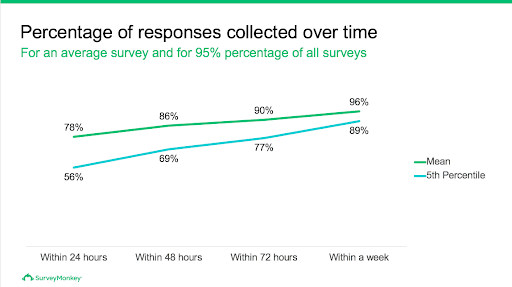Reminder emails are easily one of the trickiest types of emails to create- there is a backlog of marketing efforts that failed to woo, and there’s little headroom to be more attractive. Having said that, it’s not impossible either because it could be as simple as the recipient having a busy week. But how do you get reminder emails right and be loved for them instead of being nosy and annoying? Well, our Salesforce experts have created a perfect recipe that will help you get a higher conversion rate for your reminder emails.

Since you need to be swift on your feet (reminder emails must be timed within 48-72 hours with a frequency of a maximum of four emails, you should know your craft very well, there is a set of information that you must have ready at your disposal before creating your reminder email and a few patches of instant improvisation is the way ahead to win big.
Let’s get started:
Know When To Send A Reminder Email
Before we begin discussing the ins and outs of a good reminder email, it is necessary to double-check that we need to send it in the first place. At times, it is important for marketers to get an action or signal from the subscriber, but it doesn’t mean you need to send a reminder.
We have pointed down a few instances where a reminder email is either expected by the subscriber or at least appreciated:
- Upcoming Payments
- Missed Payments
- Surveys/Feedback
- Service Requests Confirmations
- Discount Offers
- Exclusive Offers
- Registration For Exclusive Event/Sale
- Rewards And Other Customer Benefits Programs
- Profile i.e. User Account Completion/Updation
The above list contains scenarios where not completing an action can be detrimental to the user’s interests or wants. Thus, sending a reminder email doesn’t impact you negatively- in fact, it makes your brand appear more considerate and customer-focused. As long as the subscriber’s action produces productive results from their point of view, there’s nothing to worry about when sending reminder emails.
When To Send A Reminder Email
Again, there’s no standard timing for sending reminder emails- it all depends on the context, importance, and situations more than concrete timelines. When considering the timing of your reminder emails, it is best to understand their utility. Does it make a difference to the recipient to get the reminder email at a particular time? If yes, that’s the ideal send time for your reminder email.
For instance, if a subscriber is selected for privileged access to a sales event, reminding them 24 hours, 3 hours, and ten minutes before the event goes live can be considered a good practice. However, the send time also needs to be in accordance with their local time and daily schedule. On the other hand, reminders for downloading essential user data before the account is deleted permanently can be stretched over a period of a week.
How To Ace At Creating Reminder Emails
To begin with, you must work extensively on your reminder email’s subject line and preheader text. Unlike other types of messages, our Salesforce experts recommend keeping subject lines extremely simple and clear when it comes to reminder emails. The subscriber must quickly understand what you are trying to remind them and how important it is for them to click on the CTA. Generally, you can display the required action in either of the two and the cons of failing to do so in the remainder.
Next, make sure that the first couple of paragraphs of the email copy are polite and extend the context in an easygoing manner. Also, make it a point to keep them short and use plenty of white space to make them easily scannable. This way, you will be able to set the agenda without wasting unnecessary time on coming up with reminder email copy that doesn’t come out as cheesy or embarrassing.
Generally, it is recommended that you must include the reason why the subscriber must take action within the next few lines. Then quickly lead the reader towards the incentive or the consequence of failing to do so. This should, too, not consume too much length as reminder emails are themselves brief in nature.
Add the CTA button, and you can also include some additional email copy below, which helps the reader comprehend the outcome. In scenarios like making a purchase, this reinforces the customer’s decision and helps them overcome buyer’s remorse.
Similarly, you can also allow them to set a preferred time to receive a reminder email. This is a very practical piece of advice, but it is used by a very limited number of marketers. Even if the subscriber declines future reminders, it still helps you get a clearer picture of the situation and divert your efforts towards more productive tasks.
Lastly, it is necessary that your email template resonates with the reminder emails- it should be concise, neat, and use visual hierarchy effectively like in the below example:
Wrap Up
Reminder emails require you to put your common sense to use more than any other type of email-based communication. It is necessary that you understand the customer’s journey, position in your sales funnel, and the importance of the transaction. Instead of going by any online benchmarks, apply these tips and test your reminder emails’ performance. Remember, reminder emails must reflect your customers’ interests and preferences above yours to win conversions.
Author: Kevin George is the head of marketing at Email Uplers, that specializes in crafting Professional Email Templates, PSD to Email conversion, and Mailchimp Templates. Kevin loves gadgets, bikes & jazz, and he breathes email marketing. He enjoys sharing his insights and thoughts on email marketing best practices on email marketing blog.